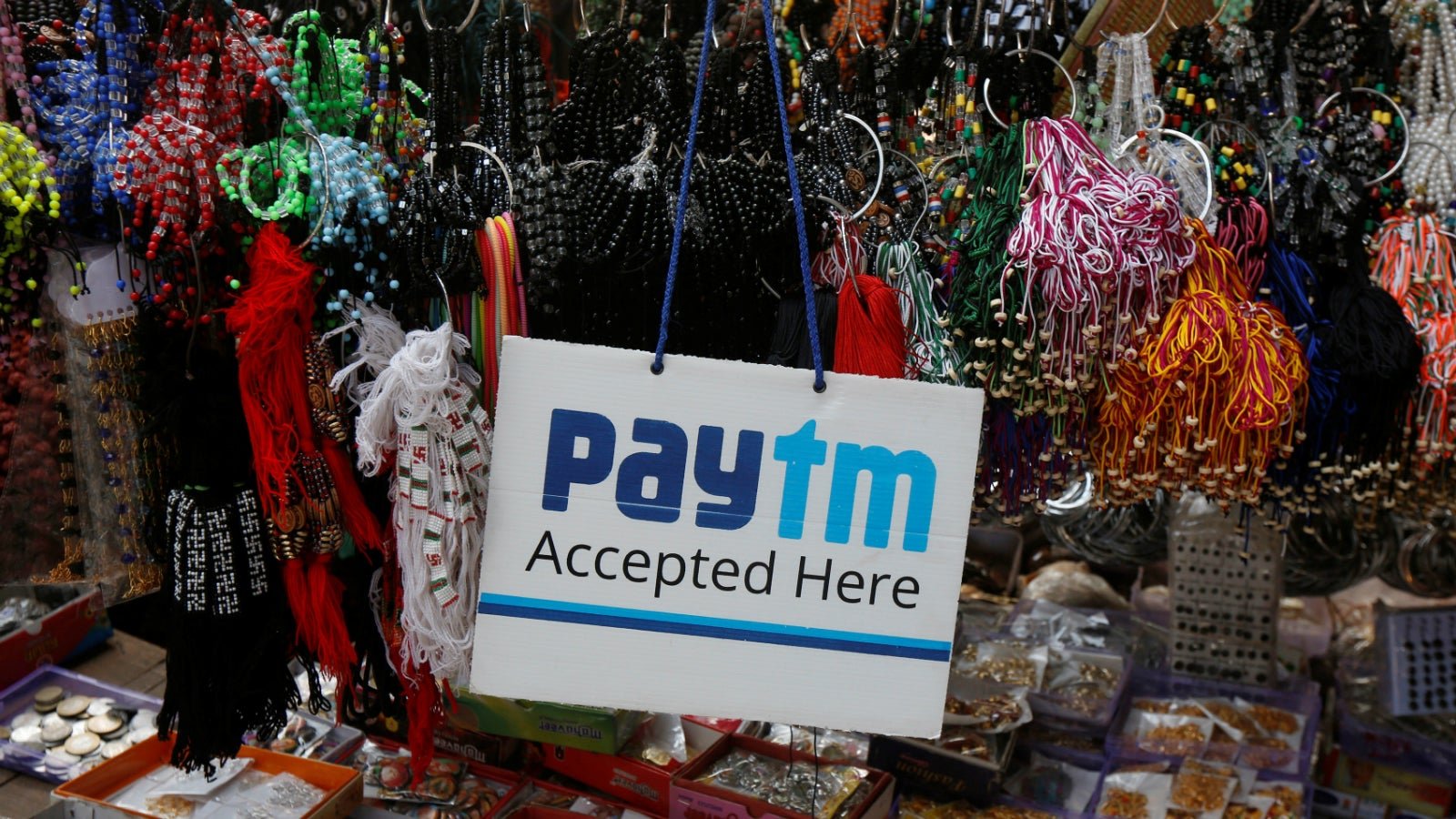The young engineer who went on to become Paytm’s first CEO now eyes half-a-billion users
He convinced Uber to do business with him in what is now its fastest-growing market.


He convinced Uber to do business with him in what is now its fastest-growing market.
So the San Francisco-based ride-hailing company began using the Paytm wallet exclusively in India in 2014. That deal propelled the Noida-based Paytm, hardly a household name at that time, closer to the top of India’s startup pyramid.
But no, we are not referring to Vijay Shekhar Sharma, Paytm’s gregarious founder, here. The person who brought about that big tie up was Harinder Takhar, one of Sharma’s first employees and a former batchmate from the Delhi College of Engineering.
Takhar is currently the CEO of the company’s Toronto-based R&D arm, Paytm Labs, but he’s worn other hats before.
The first engineer
The 39-year-old may not be in the limelight often, but at Paytm, he’s had many firsts to his name. For one, he was the first and, for a while, the only engineer at One97, the company that owns Paytm. The firm, which started out by providing astrology services over mobile phones, was launched by Sharma in 2000.
Takhar left the startup to look for more lucrative opportunities and enrolled for an MBA at INSEAD in 2005. After graduation, he went on to work in strategy and business development at Nokia and Research in Motion.
He returned to India in 2011 when One97 had just launched Paytm, short for “Pay Through Mobile.” He became the startup’s first CEO and brought with him significant disruption.
“I wanted to completely change the entire tech stack. You will find that most engineers hate whatever has been done before and they want to completely revamp it,” Takhar, who is an Elon Musk fan, told Quartz. “And I also made the classic mistake of underestimating what it takes. So we all went through a lot of turbulent time for four to five months.”
He was also the first to streamline the workflow within the company. “I built a process around product management. It was a bit Vijay-ish earlier. Vijay-ish means that Vijay would get an idea and he would want it implemented yesterday. That is his superpower. He can see a little bit ahead of everyone else.”
Once the wallet business began growing at a steady clip, Takhar—who has no qualms about referring to himself as “the nerd”— moved to Canada with his family and started Paytm Labs in 2014. The move was made for personal reasons but he proved its worth to the board almost instantly by striking the Uber deal.
The unexpected bonanza
Outside the company, though, there are two men who played a defining role in Paytm’s dizzying success. One is obviously Uber CEO Travis Kalanick and the other is Indian prime minister Narendra Modi.
In November last year, Modi announced a ban on two high-value rupee notes, which formed the bulk of currency in circulation in the country. He also declared his intention to make digital currency the mainstay in Asia’s third-largest economy, where cash has always reigned supreme.
As expected, India was plunged into confusion and chaos overnight. For Paytm, it was a bonanza. Within hours of the announcement, the wallet saw a 200% hike in the number of app downloads and a 250% rise in overall transactions, as Indians scrambled to look for alternative forms of payment.

While other online wallets also benefited, nobody could notch up the fantastic numbers that Paytm boasted. By the end of a week, everyone from a restaurant owner to sex worker was promoting the Paytm app. Six months later, it had 220 million wallet users—more than the population of Brazil—and five million merchants.
Its ambition has soared along with its valuation. While other Indian unicorns are struggling to raise money, Paytm recently got Softbank to invest $1.4 billion in it. The money will be used to expand its services, including the launch of its payment bank on May 23. (From today, the company will transfer its wallet business to the bank.) Together with the wallet and bank, Paytm now wants to bring half-a-billion Indians under its wing.
But its steady climb hasn’t gone unchallenged. Some of the world’s biggest corporations have entered the country’s payments business. This year onwards, Uber customers in India can use Reliance Jio Money, too. In April, it was reported that WhatsApp might launch peer-to-peer lending in India, the Facebook-owned firm’s largest market.
However, Paytm can stay ahead of the curve if it can leverage the humongous amount of data it has gathered on its customers. And that’s what Takhar is now trying to do at Paytm Labs—plumbing through a petabyte of data.
This data is used to market, prevent fraud, launch new products, and make the app more intuitive.
What the hell is a petabyte?
This is how Wes Biggs, chief technology officer at Adfonic, described petabyte in computerweekly.com:
One petabyte is enough to store the DNA of the entire population of the US—and then clone them, twice.
Takhar, who picked up the basics of machine learning only a couple of years ago by studying on Coursera, says the easy availability of data and machine learning engineers in North America make Toronto a better base than Delhi. He is also working on being the “face of the company” in America and in March launched a bill payments app in Canada—its first international market.
After the latest investment from Softbank, Paytm is also expected to launch a slew of financial services ranging from wealth management to insurance, to attract new customers. Takhar’s team has built a credit score internally for each customer and merchant. “It tells us how credible a person is or how honest. So that score is what we intend to use when we plan to extend to financial services to people,” he said. “We use more than 1,000 signals—everything from how you use the app, the times at which you use the app, the kind of purchases you make, how fast you scroll down the app—and we update the score every hour,” he adds.
But how is his lab, which now has 50 employees, attracting engineers in one of the world’s most competitive markets? Takhar says his employees come from some of Canada’s best universities, besides Silicon Valley. “At the risk of sounding arrogant, I think the kind of scale we offer to anyone working in our company is simply not available in Canada, which has a population of 35 million. We have 220 million users…..and we want to bring 500 million Indian people to the mainstream economy.”